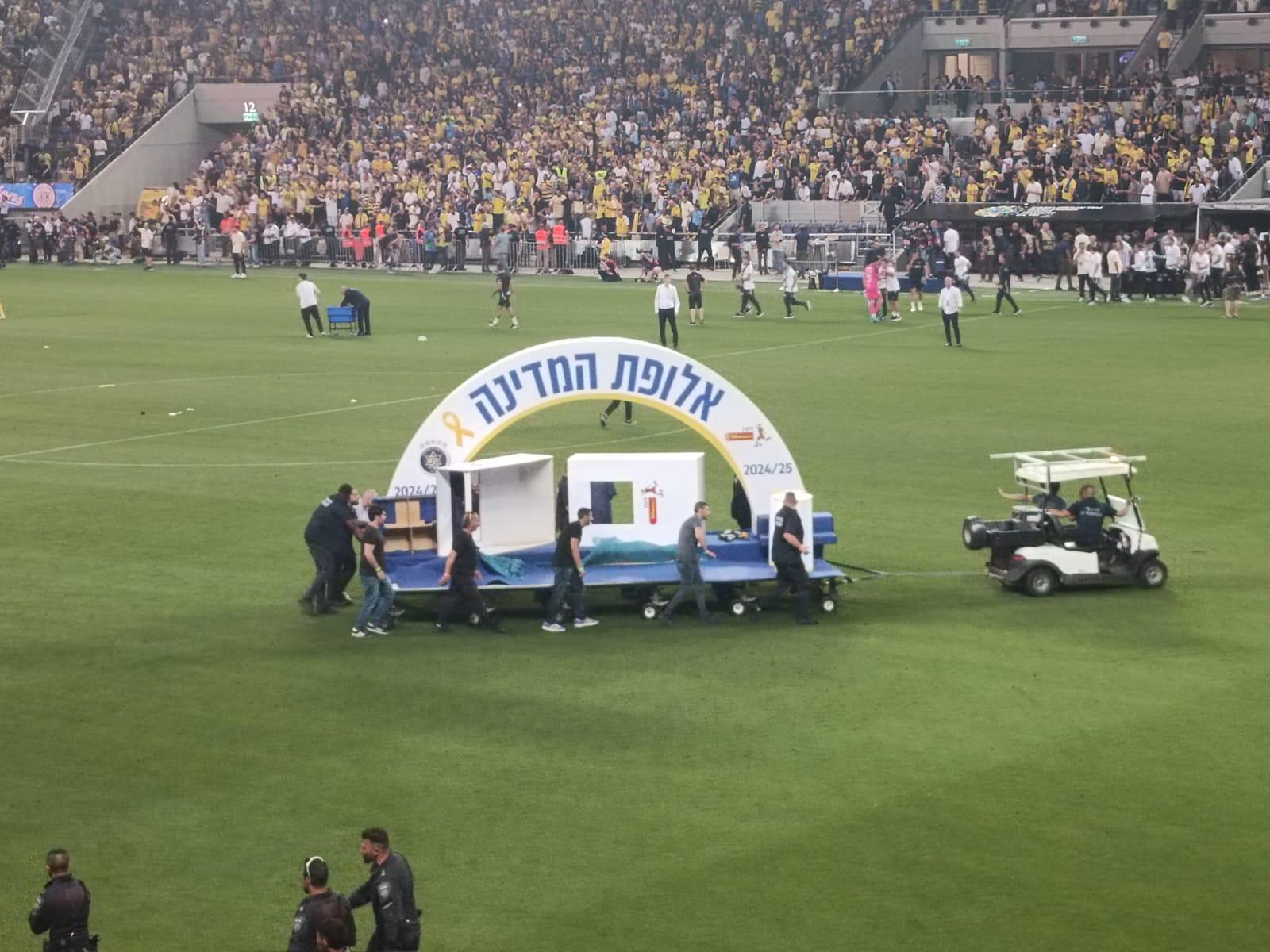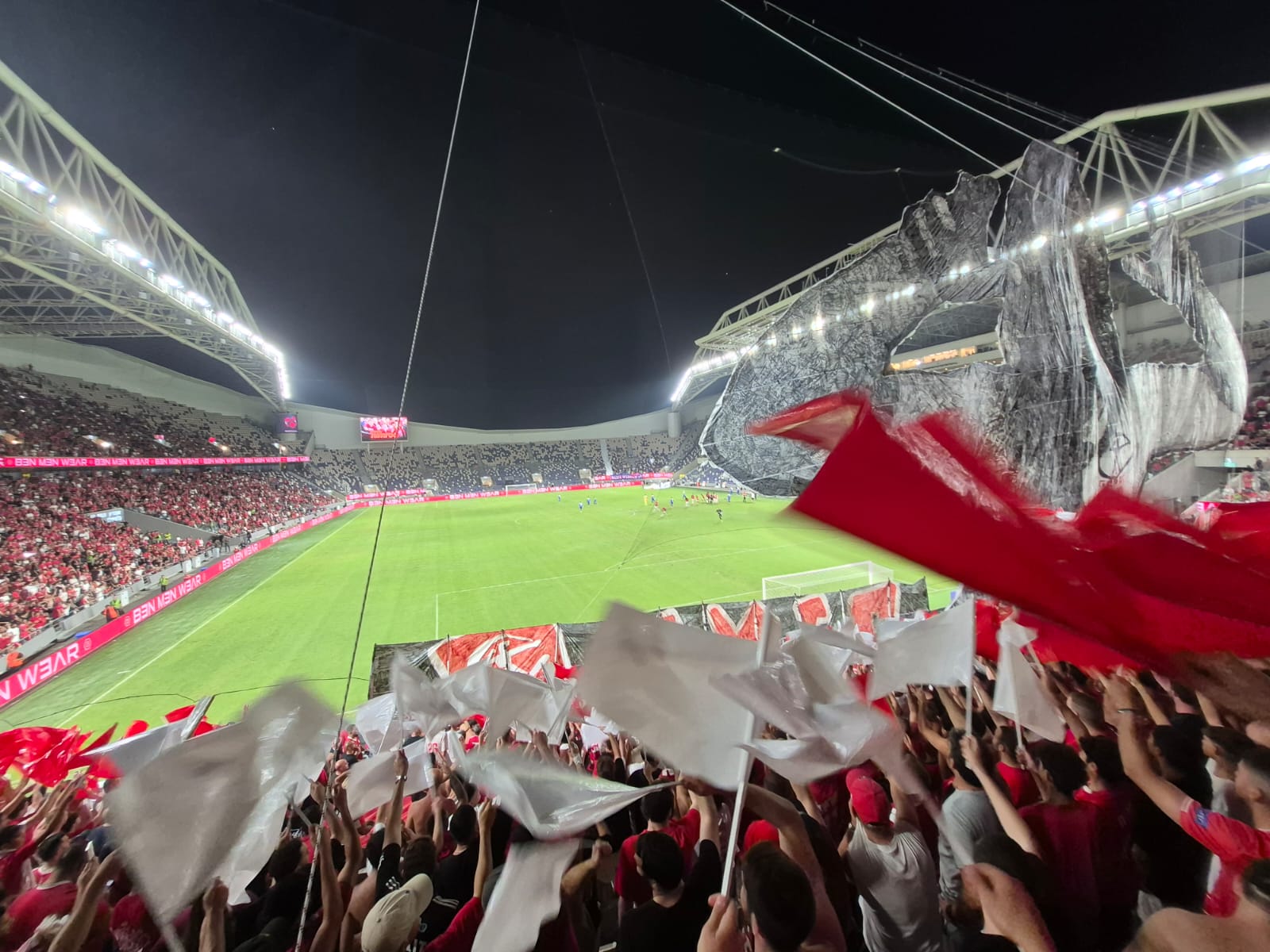Exhibition Curator:
Jenan Sharouf Halabi
The exhibition is the result of the fascinating and inspiring journey the youth went through together. This journey took them to the ends of the country and the heart of Israeli society, from Lake Hula in the north to the desert in the south, from the homes and communities of each of them to a shared and formative encounter.
Through the camera lens, the youth share with us their fears, dreams, hopes, and doubts. They deal with complex issues such as identity, belonging, prejudices, and shared living, while creating an open and respectful dialogue.
The “Through Others’ Eyes” program, which began 24 years ago, continues to provide Jewish and Arab youth with a unique opportunity to embark on a journey of discovery, connection, and shared living through the art of photography. The exhibition is not only a glimpse into the youths’ inner world, but also a strong and moving call for a better society, based on tolerance, understanding, and partnership.

Photo: Jenan Halabi
“The camera is a powerful tool. It is personal, and over time it becomes another of the body’s sense organs. One that extends the seeing eye and connects reality with the inner consciousness.”
The way we perceive reality and the world around us is defined by external factors, our education, the media, and the public and social discourse in the community in which we live. This perception limits our ability to see beyond the patterns inherent in us and constitutes a kind of “prison of thoughts”, chains that prevent each and every one of us from seeing reality from other perspectives and different angles.
Art can be an important tool to examine our soul in depth, to free the mind from those world-views and prejudices, in an attempt to allow a different perspective, to explore new ideas, to be exposed to other cultures, and to know the world around us from many perspectives simultaneously. Bernard Shaw said “You use a mirror to see your face, and art to see your soul.” The camera is a powerful tool. It is personal and over time becomes another organ in the body. One that extends the seeing eye and connects reality with the inner consciousness. Working with the camera allows the youth to examine reality in a different way: creating a one-dimensional frame requires a very deep look into the three-dimensional reality. Creating a frozen frame requires a deep understanding of the reality moving in front of us.
The journey that the youth, Jews and Arabs, went through to create the exhibition “Prison of Thoughts,” took them to the ends of the country and to the heart of Israeli society. From Lake Hula in the north to the desert in the south, and to each other’s homes and communities. It is a journey of discovery and learning from a subjective personal experience within the framework of a group that builds a path to a shared identity, or at least recognition of each other’s identity, connection on a human level, and a path to a shared life. At Lake Hula we looked at nature and the birds that stop to rest in the lake during the migration season. We explored the question of connection to a large group whose strength lies in being united, but living in harmony with the environment and nature, coexistence of different groups in a natural world that acknowledges and can contain them all. We also asked questions about migration, about working together, about flow, about movement, and about capturing the complexities of reality in one take.
On our journey to the south, we unplugged from civilization for a moment, from the background noise of the house, the village, and the city, of the news and our social environment. This disconnection allowed the group members to connect with each other and with themselves, with minimal external influence. The students’ cameras explored the earth and still life, the sky and the movement of the stars. Along with technical lessons of using a camera in a simple but complex environment, they also learned to trust themselves and the other members of the group. Visits to their peers’ homes exposed the youth to a culture that had until now been mediated through external cultural agents, in an attempt to provide them with a perspective detached from stereotypical images and prejudices.
“Prison of Thoughts” summarizes a journey of connection between peoples, between the future generation that needs to build a better, healthier society here and to activate a shared life of peace and brotherhood. On this journey, they took the camera, a tool that serves as a key to open the prison gates and release the chains that limit our worldview.
I am proud to present the wonderful and special works of the group members, the brave and ethical youth who were willing to take part in this journey.

Photo: Jenan Halabi





